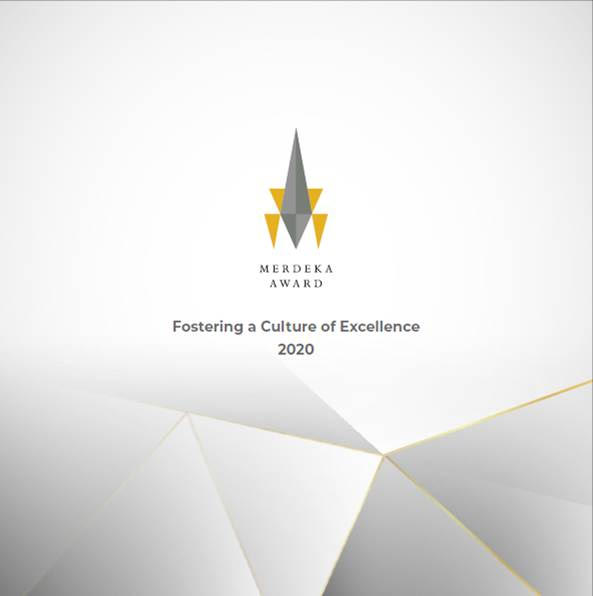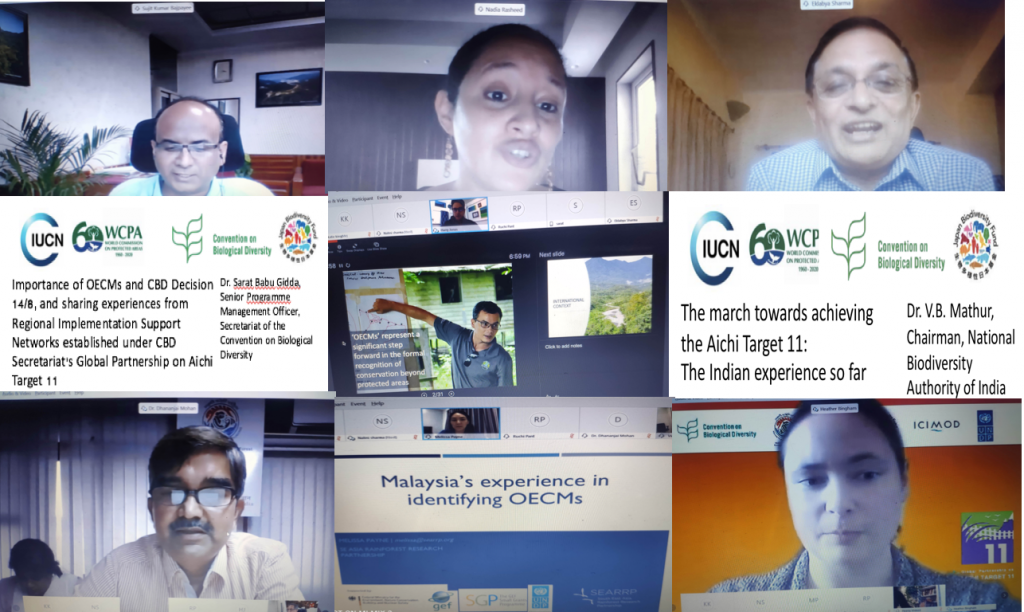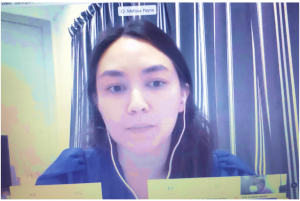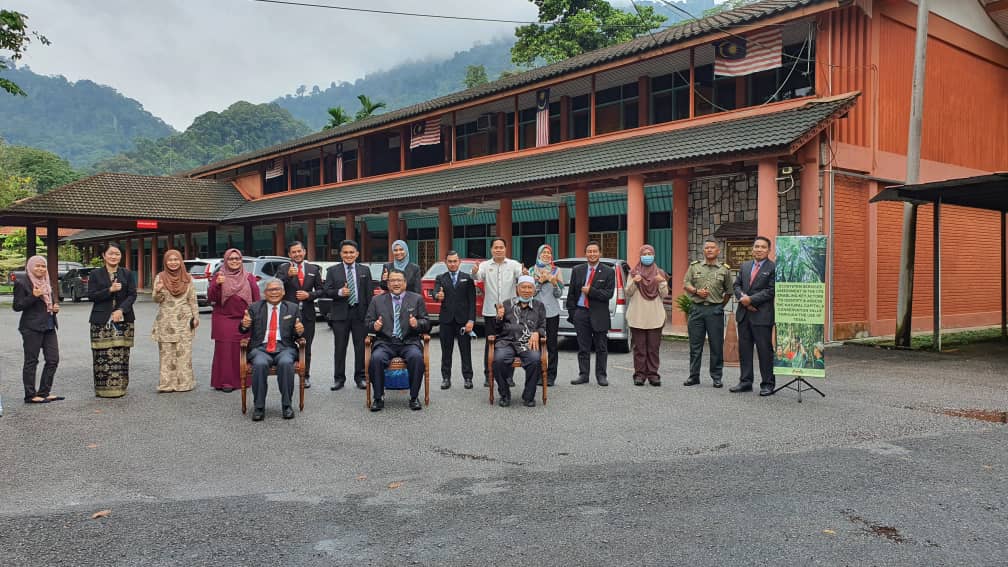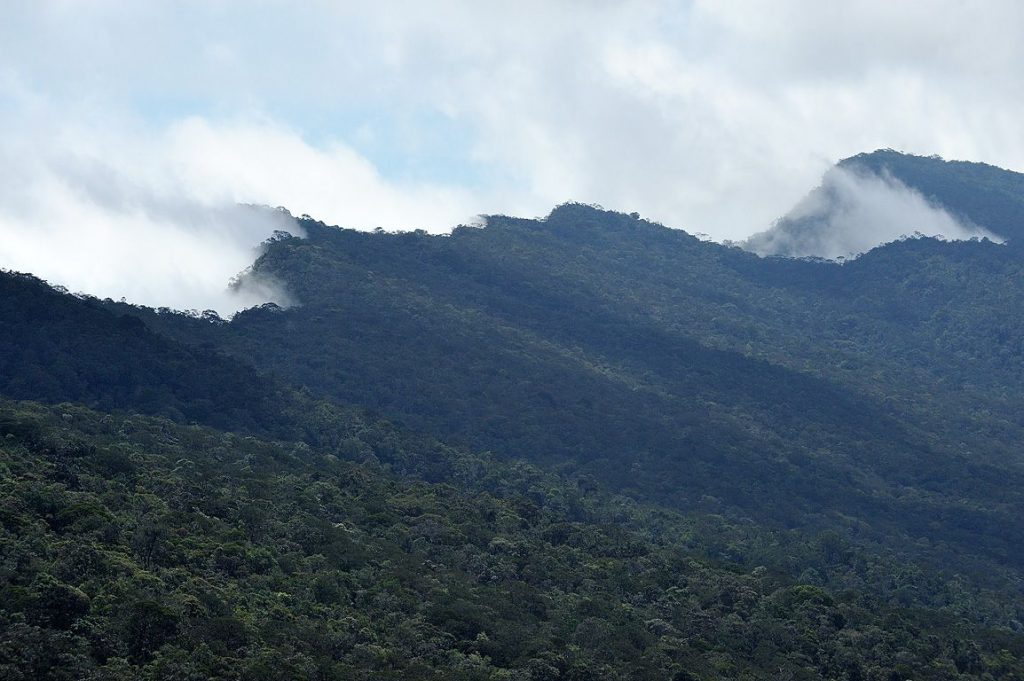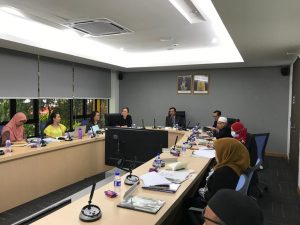New research demonstrates reforestation benefits.
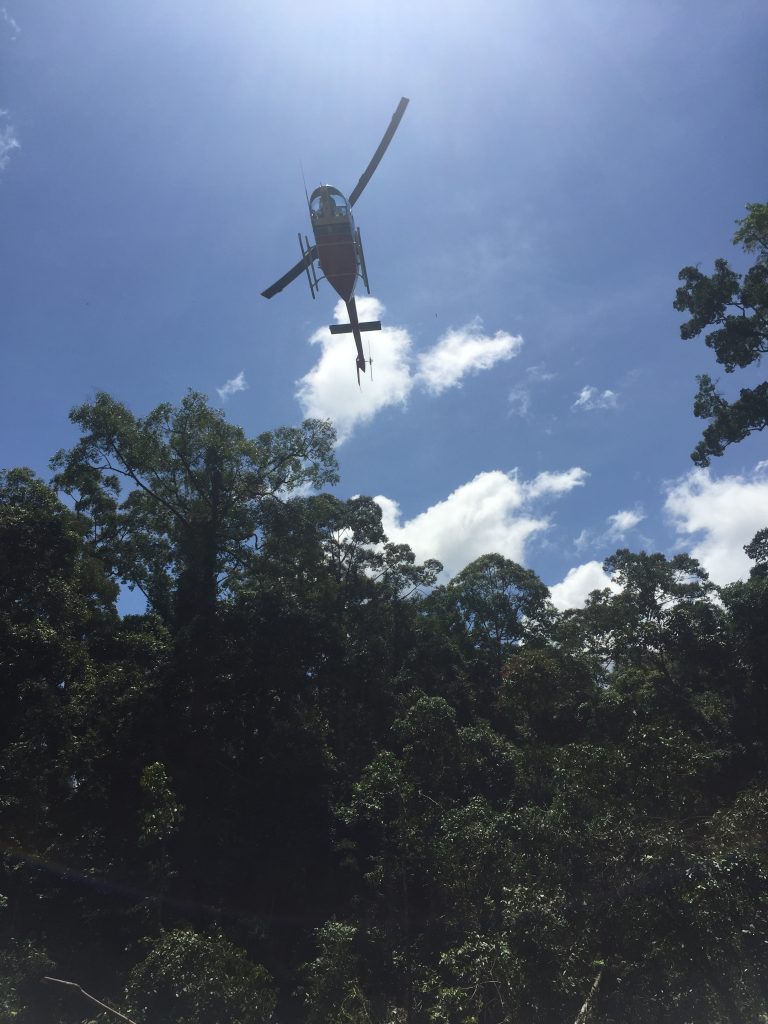
Fieldwork involved expeditions to remote forest locations (Photo credit: Christopher Philipson, ETH Zürich)
Researchers from 13 institutions studied an area of tropical forest in Sabah, Malaysian Borneo, that was heavily logged in the 1980s and subsequently protected from further logging or conversion to plantation agriculture.
They found that areas left to regenerate naturally recovered by as much as 2.9 Tonnes of aboveground carbon per hectare of forest each year. This is important because it highlights that if degraded tropical forests are protected they can recover well naturally. Even more importantly they found that areas of forest that underwent active restoration (primarily by ‘enrichment planting’ tree seedlings in the most degraded areas) recovered 50% faster, from 2.9 to 4.4 Tonnes of aboveground carbon per hectare per year.
The research, published today in Science, has its origins in work that Dundee’s Professor Mark Cutler and researchers now at Nottingham University carried out in Borneo almost 25 years ago. He led the project alongside colleagues at the University of Aberdeen, and ETH Zürich’s Department of Environmental Systems Science with the support of the SE Asia Rainforest Research Partnership (SEARRP).
Commercial selective logging in Sabah has been ongoing for decades and this has severely degraded large areas of the forest estate. While Sabah retains over 50% natural forest cover (with almost half this, ~25% of land area, being fully protected) relatively little of this forest is in pristine condition. Restoration, particularly in heavily logged lowland forests, is therefore essential if the biodiversity, carbon sequestration, other ecosystem services and livelihoods which these forests support are to be maintained.
Dr Christopher Philipson, first author of the paper who carried out the work at Dundee and the ETH Zurich, said, “The people of Sabah made this project successful, and I am looking forward to seeing more projects like this that promote outcomes for restoring and ultimately better protecting tropical forests.”
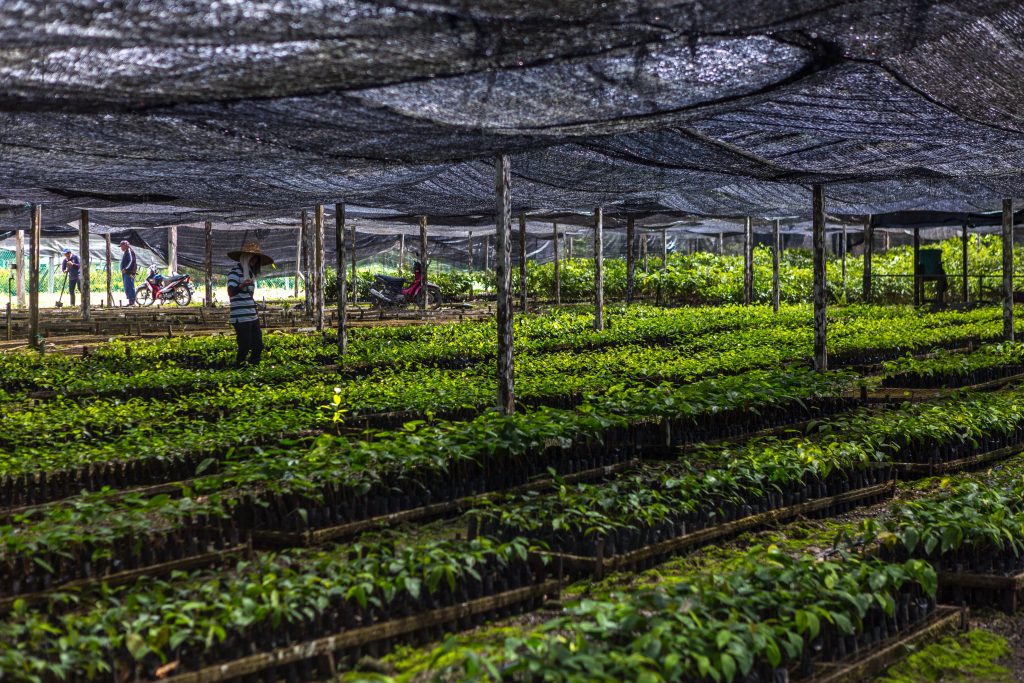
Restoration work needs investment into nurseries for seedlings of many different species. (Photo Credit: SEARRP Sonny Royal)
Restoration involves cutting lianas – plants which thrive in degraded forest and which impact the recruitment of tree seedlings and their survival and growth – weeding, and planting of seedlings to help the forest recover after logging. In areas where this doesn’t take place, the forest regenerates naturally.
“The increase in forest regrowth from restoration coupled with average global restoration costs, suggests carbon prices need to be higher to incentivise investment in restoration,” said Professor Cutler. “Even so, protecting previously logged tropical forests from further degradation and certainly clearance is vitally important to reduce carbon emissions and conserve biodiversity, and so sustainable mechanisms for funding this must be found.”
This is the first time that a long time-series dataset has been used to demonstrate that active restoration helps the regeneration of forests after logging and other disturbances. However, the current carbon price isn’t sufficient to pay for cost of restoration, limiting the impact that can have on the climate change crisis. Logged areas are also more at risk of being cleared for agricultural purposes.
Professor David Burslem, of the University of Aberdeen, said, “We have long known that tropical forests have the capacity to recover from logging if left undisturbed for long enough, but the extent of the reduction in recovery time resulting from simple low-tech restoration techniques was a surprise. This knowledge was only achieved by a sustained investment in research by a multi-national team over more than 20 years. ”
Dr Glen Reynolds of SEARRP said, “This work underscores the crucial importance of long-term, coordinated field research which actively involves local scientists and organisations. The collaborative approach adopted by this team will provide clear routes to impact with respect to policy and best practice, and lead to better managed, protected and restored rainforests”.
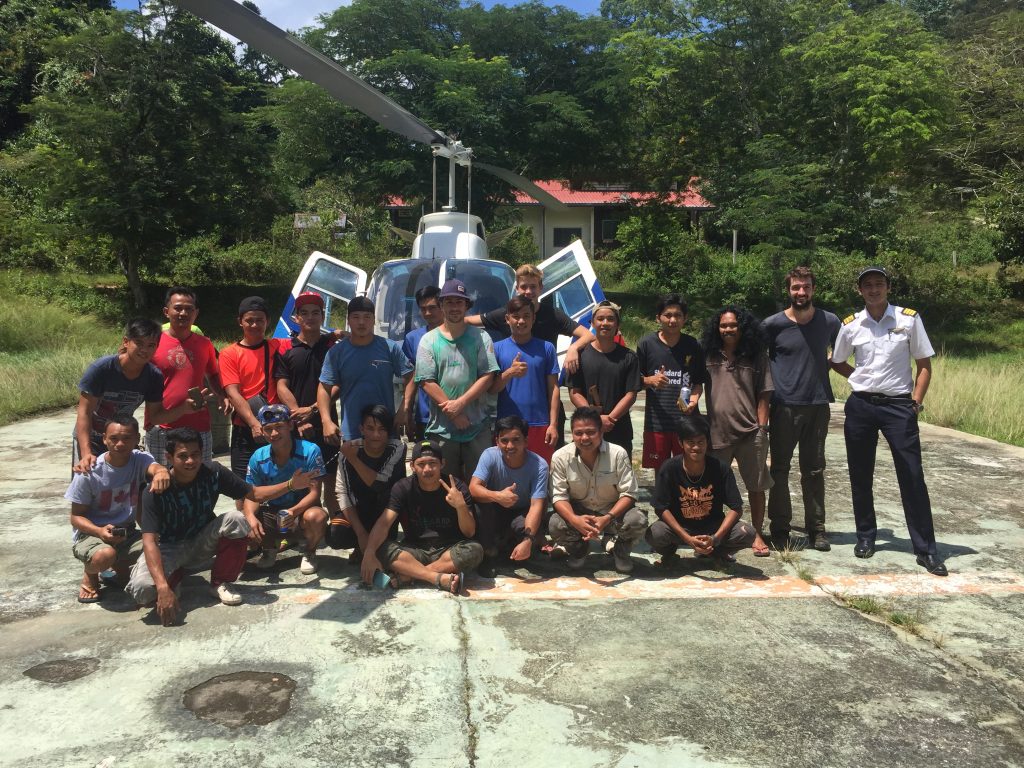
The SEARRP research staff and the most incredible helicopter pilot Jamahl Mannan, made this work possible (Photo Credit 13. Christopher Philipson, ETH Zürich)
This research was funded by the Carnegie Trust and the Natural Environment Research Council (NERC).
* PRESS RELEASE FROM THE UNIVERSITY OF DUNDEE *
